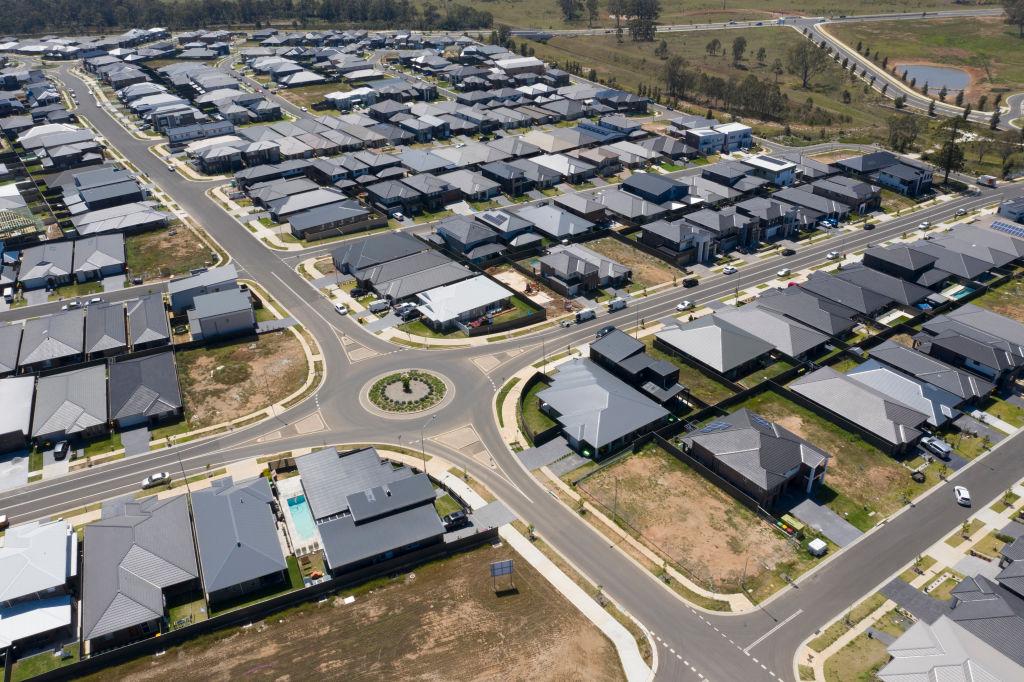Australia may experience a housing shortfall of over 160,000 dwellings in the next decade, according to new modelling by an independent commonwealth housing entity.
On Friday, the National Housing Finance and Investment Corporation (NHFIC) published its flagship research report, “State of the Nation’s Housing 2021-22,” providing critical housing data and projections.





